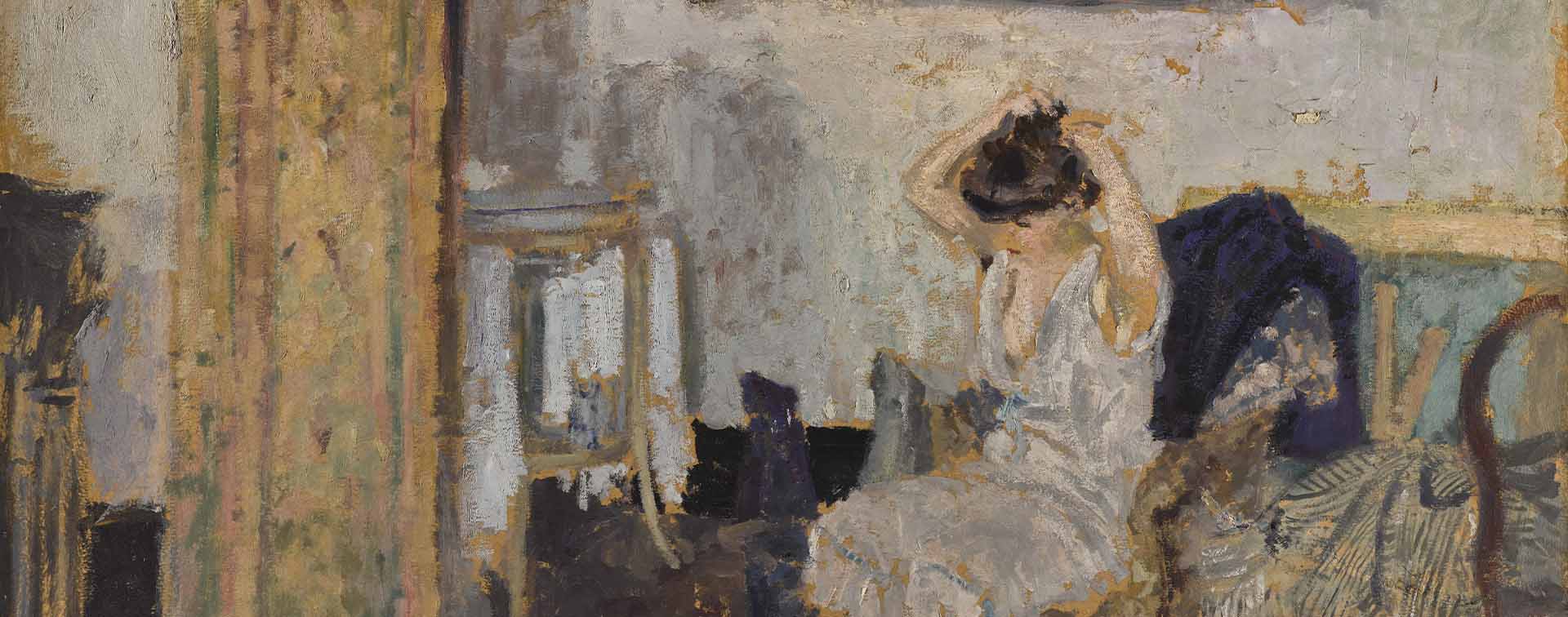
Julian Washington is the Head of Tax, Heritage, and UK Museums at Sotheby’s.
The vibrancy of the UK’s cultural life has long been a factor in attracting international visitors, both short and long term. From the performing arts to the nation’s museums, galleries, and historic houses, the UK offers a wealth of cultural riches.
The UK art market too is globally important. Indeed, despite the challenges of Brexit, the UK ranks today as the world’s third-largest art market (behind the USA and China; ahead of France). This all-round cultural strength is one of those lifestyle factors that continue to weigh in the minds of many international families, including those who are reviewing their affairs — and their location — in advance of UK tax changes expected later in 2024.
Many collectors and owners of art are surprised to learn that there are significant tax breaks for cultural property in the UK. These arise not from loopholes but from statute law and have their origins in the 19th century, designed originally as a way to prevent the country’s historic art collections (and the stately homes that housed them) from being broken up and sold, just to pay a tax bill.

The two most important of these tax breaks are referred to as Acceptance in Lieu (AIL) and Conditional Exemption (CE).
AIL is an arrangement that allows taxpayers to pay a tax liability, not with cash, but by transferring art or cultural property to the nation. This typically happens after a death when there is an inheritance tax bill to pay. AIL works by creating an enhanced tax credit, which usually makes it a more advantageous way to settle tax than by paying cash.
Take the example of a painting valued at GBP 10 million, owned in the UK by a collector who has recently died. The inheritance tax liability on the painting following the owner’s death would be 40%, namely, GBP 4 million (unless it passed to a spouse or a charity), leaving a net value of GBP 6 million. However, if the painting is offered in lieu of tax, 25% of the notional tax bill (in this example, 25% of GBP 4 million, namely, GBP 1 million) is credited back to the taxpayer. In other words, the taxpayer ends up with a credit of GBP 7 million (rather than GBP 6 million) to set against the other tax arising on the death. This additional tax credit is referred to as the douceur. In addition, the whole GBP 10 million value of the painting is itself deducted when it comes to calculating the overall inheritance tax bill.
AIL is available for a wide variety of objects, not just paintings. In recent years, Sotheby’s has assisted clients with cases involving sculpture, furniture, jewelry, archival papers, and even an antique steam locomotive. One important criterion to bear in mind is that a quality threshold applies. It is usually only objects that are judged to be of ‛pre-eminent’ quality that are eligible for AIL (although lesser objects, ‛historically associated’ with an important building, may also be considered). The objects, which are offered to the nation, are generally allocated to one of the UK’s great national or regional museums. In this way, AIL not only gives a tax advantage to the owners and their heirs but also contributes to the greater good: building up the country’s national collections for everyone to enjoy.
The other important tax break is Conditional Exemption (CE), an arrangement that allows individuals to defer a tax liability arising on their artwork while retaining ownership. Where tax arises on pre-eminent (or, as above, ‛historically associated’) works, the owners may claim CE in return for striking a bargain with the nation that they will allow public access to the objects and meet certain other obligations. Public access must be given for a minimum of 28 days a year and can be organized in situ, at the owner’s own home, where this is possible. In other cases, owners may prefer to negotiate a loan of the object to a museum or gallery in order to meet this access requirement.
The tax that would have been payable on the object is deferred for so long as the owner keeps their side of the bargain. If the object passes down to the next generation, the owner’s heirs can apply to continue the arrangement and the tax deferral rolls forward. At any time, if an owner decides that they want to sell (or if they fail to give the requisite public access and thus do not keep their side of the bargain), the deferred tax liability crystallizes and must be paid at that point.
Of course, owners and collectors do not buy art for the tax breaks, nor even, in the vast majority of cases, as an investment. Most individuals are motivated simply by a love of the objects they acquire or by a passion for a particular artist, a genre, or a period. Some may be lucky enough to inherit a collection early on; others embark on a collecting journey later in life. There will be those whose motive is philanthropic (planning, ultimately, to bequeath their art into public ownership) and there will be others who hope that their children and perhaps grandchildren will bring their own enthusiasms to bear in the fullness of time.
Whatever their starting point, owners and collectors will always benefit from taking professional advice when it comes to building and maintaining their collections. The same is true for those who are thinking ahead to succession planning, with the aspiration to leave some form of cultural — and not just a financial — legacy to their heirs. In any of these cases, there may be a requirement for up-to-date valuations (for insurance or tax purposes), a need for expert help with cataloguing or restoring an artwork, matters of authenticity or provenance to investigate, tax questions, technical issues regarding the export of a work from its country of origin, and so on.
Happily, the UK’s cultural vibrancy extends to its professional art advisory community, where there is a great breadth and depth of expertise. It is not only at Sotheby’s and other auction houses but also among the law firms, accounting firms, and specialist consultancies where clients can source the guidance they need at the various stages of their collecting journeys.
Artistic tastes change over time. So too do the flows of internationally mobile families who move from one favored jurisdiction to another. These families may experience push factors such as political instability, risks to their personal security, and unfavorable tax treatment. Equally, they may be drawn to new locations on the basis of positives such as an attractive climate, diverse investment opportunities, and a whole raft of lifestyle factors, from schools for their children to culture and language.
It is true that the impending revision of the UK’s historically generous tax treatment of ‘non-doms’ (and Brexit before it) have had an impact on these flows. But it is also true that, in its long history, the UK — and London in particular — has faced sterner tests. With a rich cultural scene and a thriving art market, we can continue to paint a rosy picture of life in the UK.